Description
**Alphabet Phonics – Reading Library for Children** is a type of educational tool designed to help young learners develop reading skills by connecting sounds (phonics) to letters of the alphabet. These libraries often include a variety of books or interactive materials that teach the alphabet and the sounds each letter makes, as well as combining those sounds to form words.
The main components of an Alphabet Phonics Reading Library typically include:
### 1. **Alphabet Introduction**
– **Letter Recognition**: Teaching children to recognize and name each letter of the alphabet.
– **Letter Sounds**: Each letter is associated with a sound (e.g., A is for “apple,” B is for “ball”).
– **Uppercase and Lowercase Letters**: Understanding both forms of the letters.
### 2. **Phonics Rules**
– **Letter-Sound Correspondence**: The foundation of phonics is matching letters with their sounds.
– **Blending Sounds**: Teaching children how to blend individual sounds to form simple words (e.g., “c-a-t” makes “cat”).
– **Rhyming Words**: Recognizing patterns in words to help with decoding and predicting new words.
### 3. **Simple Word Books**
– Books with simple vocabulary to encourage early reading, often focusing on one or two letter sounds at a time.
– These may feature repetition and rhyme to make the reading process engaging and memorable for children.
### 4. **Interactive Activities**
– Games, songs, and other activities that reinforce the phonics skills being taught.
– Some digital versions of phonics libraries include interactive quizzes, games, or storybooks with voice-over narration to help children learn at their own pace.
### 5. **Storybooks with Phonics Focus**
– Stories are created using a limited set of sounds to allow children to practice what they’ve learned in context. These books often feature colorful illustrations to maintain engagement.
### 6. **Progression of Difficulty**
– As children become more proficient in their phonics knowledge, the difficulty of the books and activities increases, helping them build fluency.
—
### Benefits of an Alphabet Phonics Reading Library:
1. **Improved Reading Skills**: Phonics is one of the most effective ways for young learners to become proficient readers.
2. **Boosts Confidence**: As children master phonics and letter sounds, they gain confidence in their ability to read independently.
3. **Supports Spelling**: Phonics not only helps with reading but also builds a strong foundation for spelling words correctly.
4. **Engagement through Fun**: When paired with colorful illustrations, songs, and games, children are more likely to stay engaged and excited about learning.
5. **Parental Support**: Many libraries come with materials or guides to help parents teach their children at home, making phonics learning a collaborative experience.
—
If you are looking for specific Alphabet Phonics reading libraries for children, some popular examples include:
– **Starfall** (interactive website and app focused on phonics)
– **Teach Your Monster to Read** (a game-based approach)
– **Reading Eggs** (an interactive reading program)
– **Bob Books** (simple phonics-based early reader books)
These resources offer various ways to introduce phonics and reading in a fun and engaging manner, helping children to build the foundational skills they need to become confident readers.
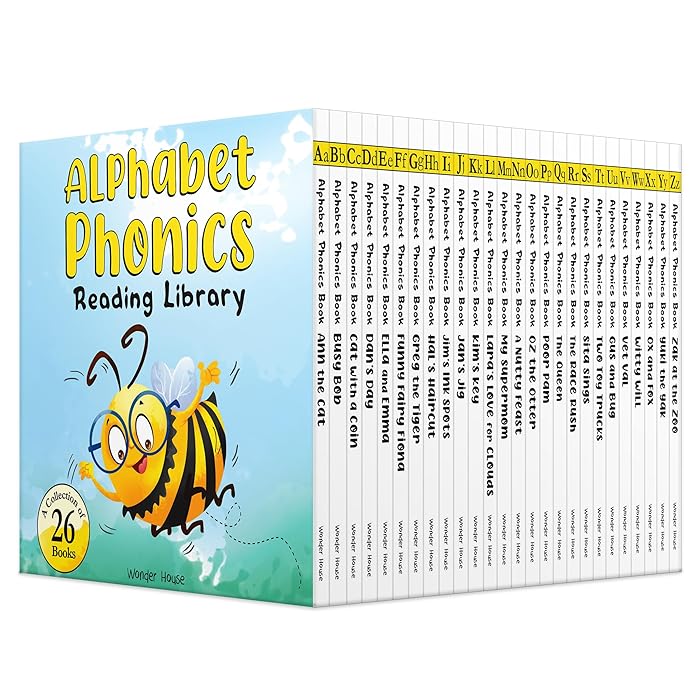
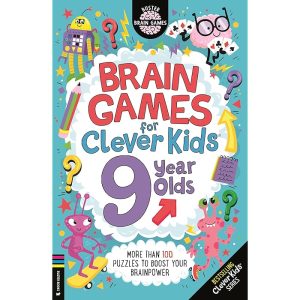
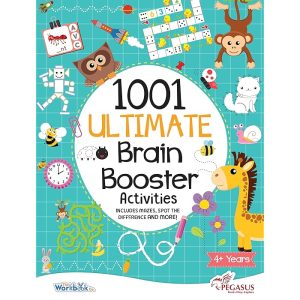

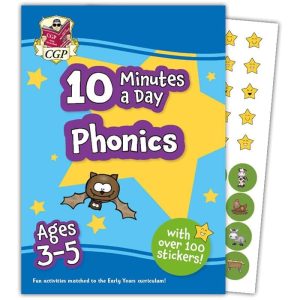










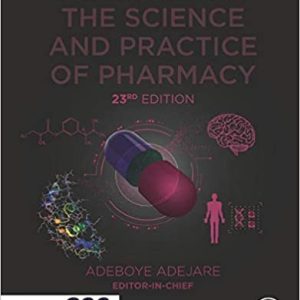

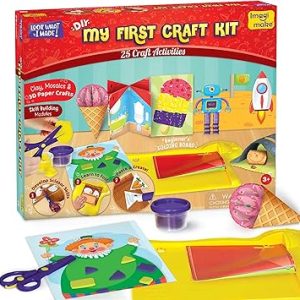



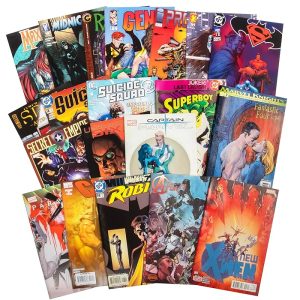





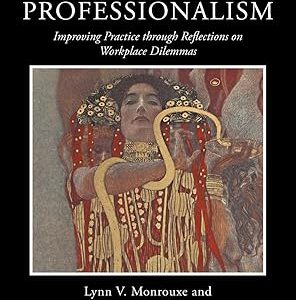



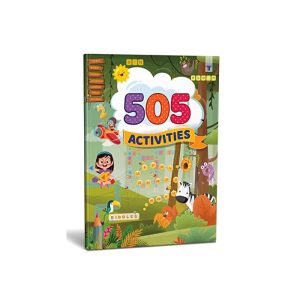
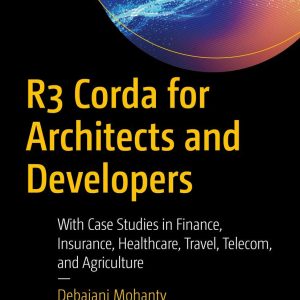















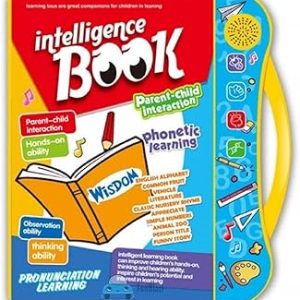
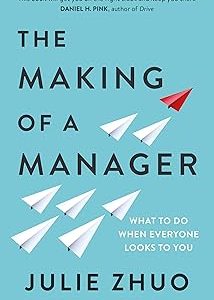
Reviews
There are no reviews yet.